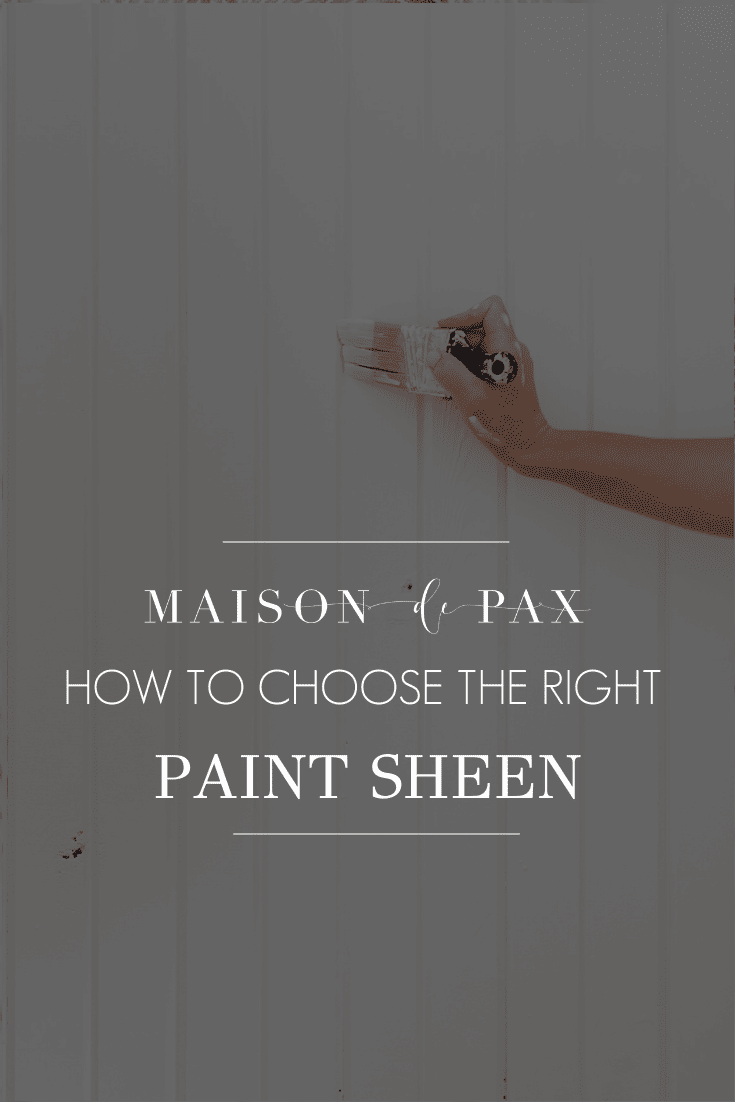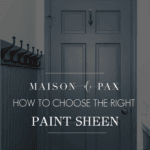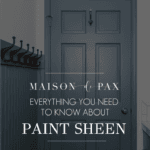Table of Contents
Consider this paint sheen 101: learn all about the most common paint sheens and where to use them in your home!
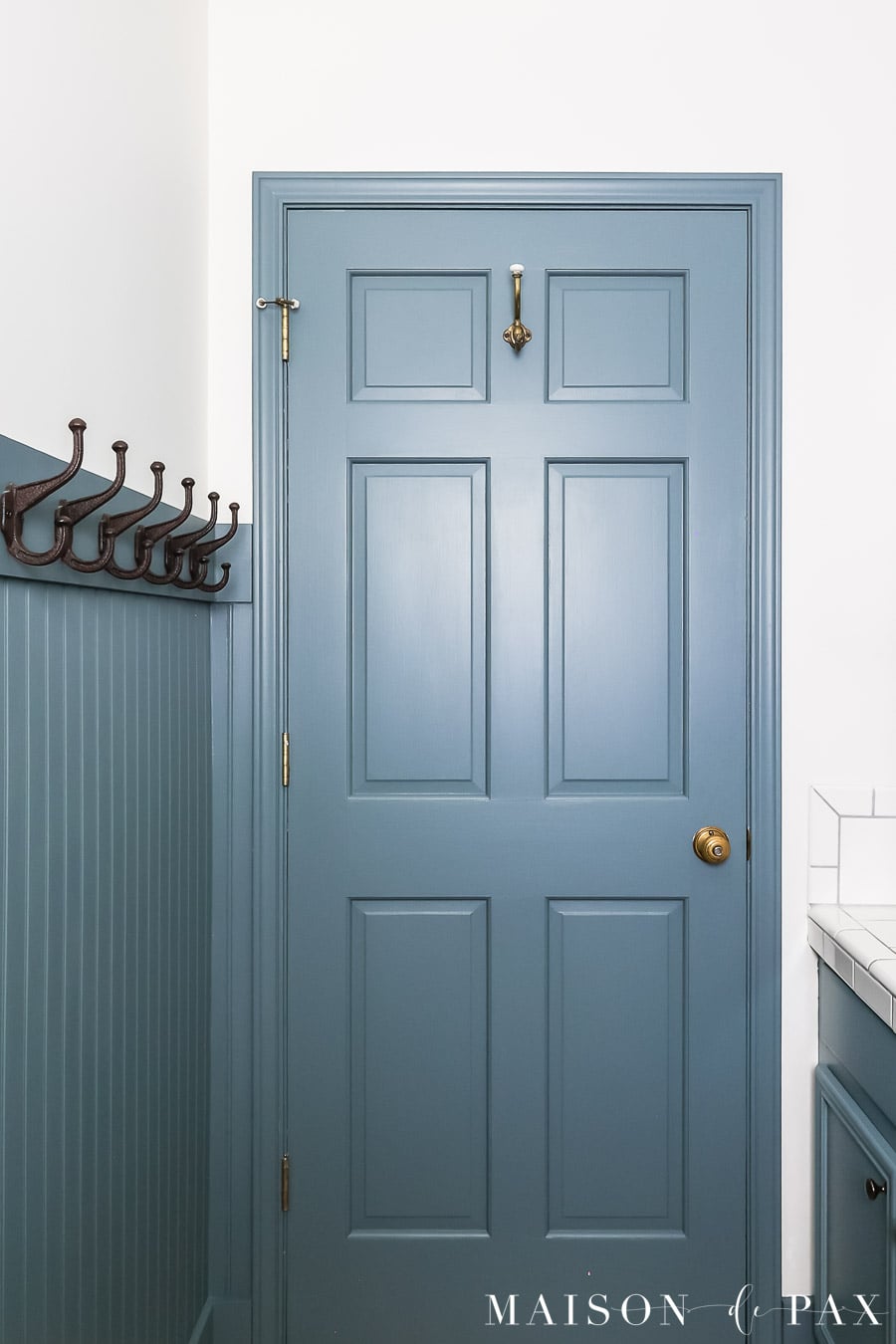
I’ve always been drawn to the power of paint. And given the popularity of my Paint Color Series, you all are, too, apparently. 😉 Almost as important as choosing the right color, though, is choosing the right paint sheen.
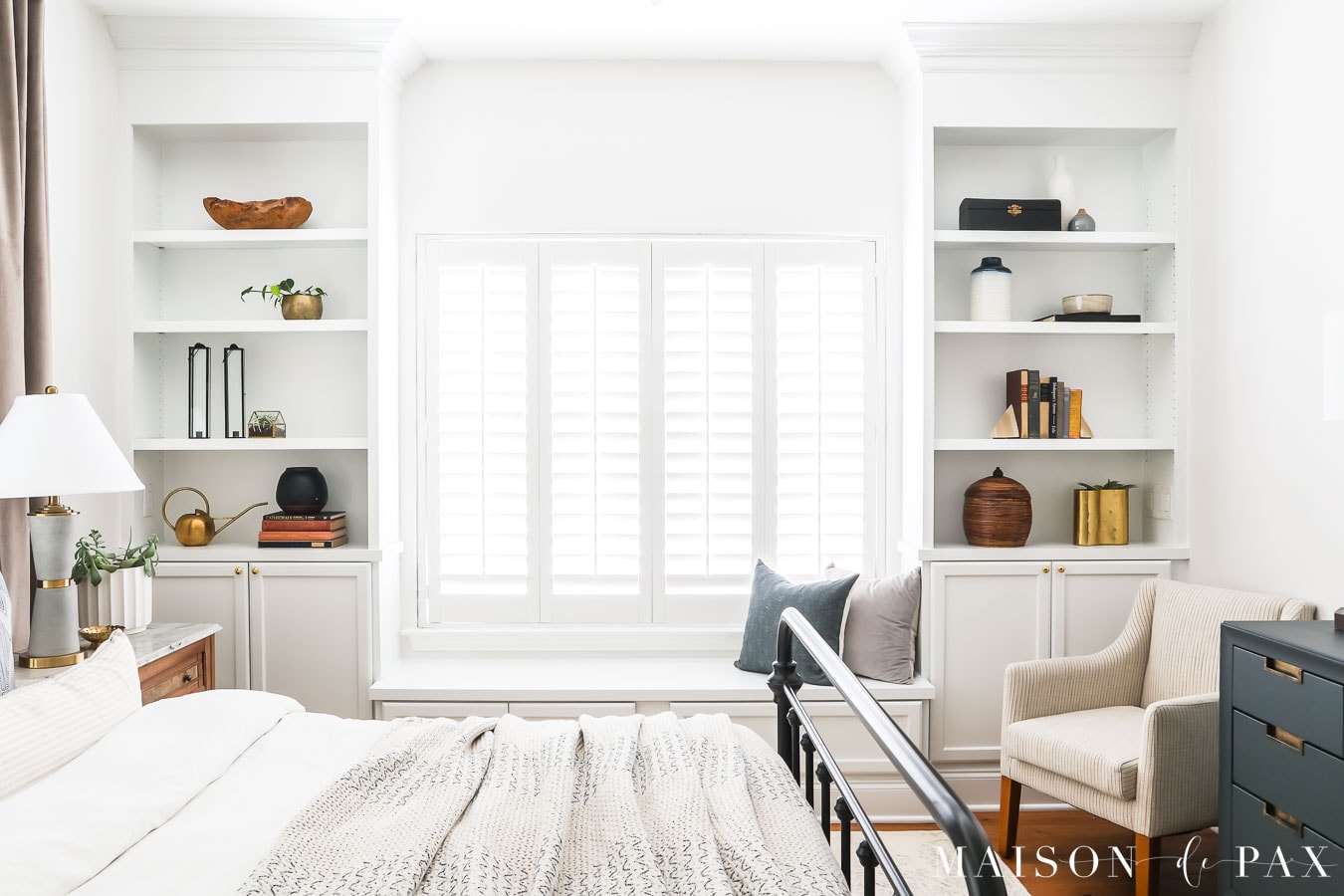
But what do paint sheens mean? What sheen should I paint? What paint sheen is best for walls, or ceilings, or trim? I’m going to walk you through all the basics of paint sheens and where to use them.
What is Paint Sheen?
The paint industry has technical measurements for reflectivity and the ratio of resins to pigments, but in its basic form, sheen refers to the shininess of the paint. The higher the luster, the more light reflects off the surface of the paint.
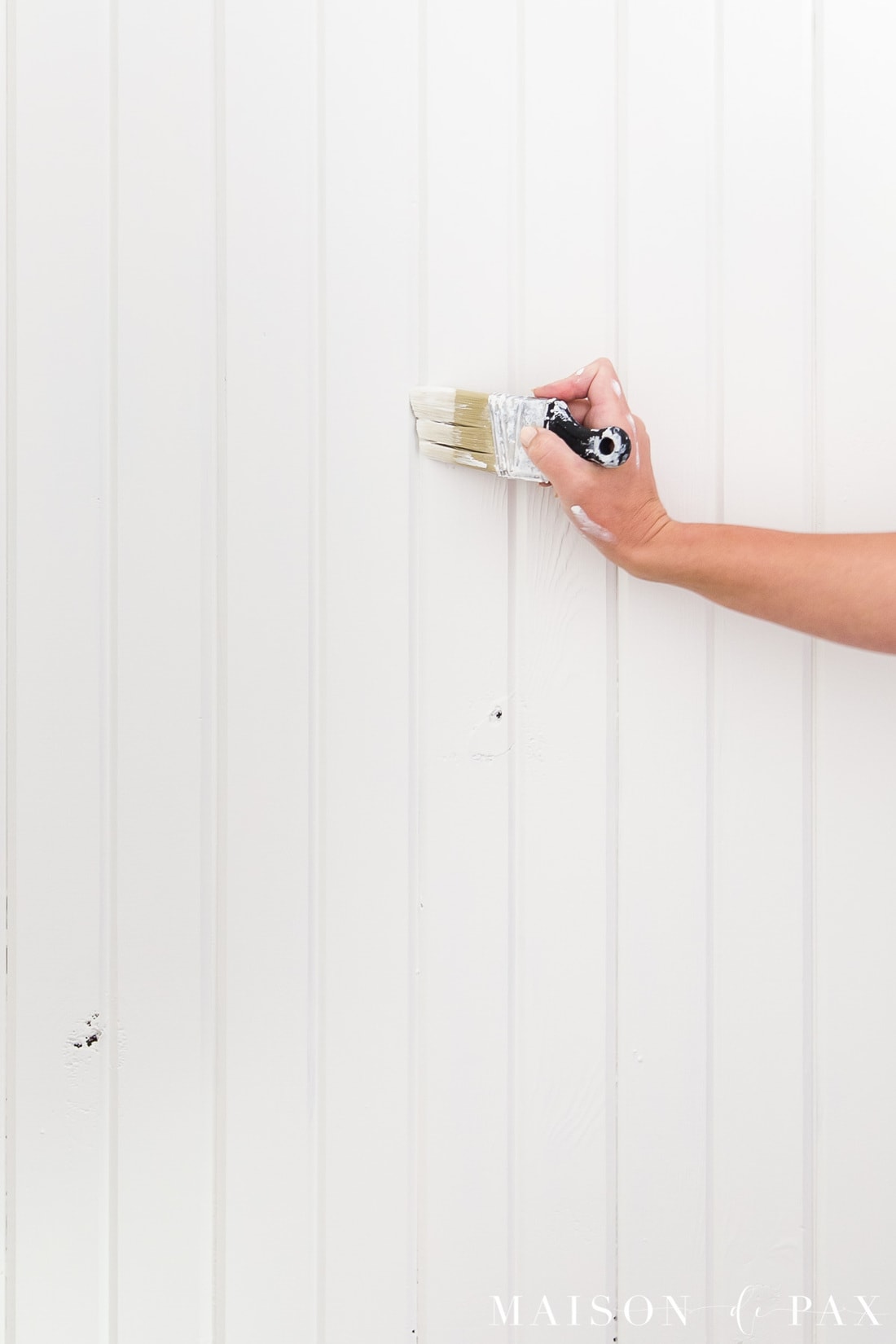
This is not actually related to the LRV (Light Reflective Value), which is a designation of how much a color absorbs or reflects paint. For more on LRV, see any of my paint color posts. Each color comes in varying sheens, which can affect how saturated or bright the color appears.
In short, sheen matters! Keep reading for more details as well as tips for choosing the right sheen in your home.
Paint Sheen Levels
Paint sheens fall into four general categories (from least shiny to most shiny): flat, low-luster, semi-gloss, and gloss.
Most manufacturers split their “low-luster” paints into two levels: eggshell and satin. So the five most common paint sheen types are flat, eggshell, satin, semi-gloss, and gloss.
It is important to note that different paint manufacturers use different names for some levels of sheen. Others, like Benjamin Moore, actually have more options (most of their paints come in 7 different sheens). But most paint companies have some form of these five sheens. Here is a little more info on each of them.
Flat – also sometimes called Matte, this is the least shiny paint. It can even have an almost chalky appearance. The matte finish hides blemishes in the surface, but it is usually not wipeable and shows scuff marks and water stains easily.
Eggshell – a touch shinier than flat paint, it still does not reflect much light. It hides imperfections fairly well, but most manufacturer’s eggshell paints are somewhat wipeable. Eggshell paint does not typically stand up to hard scrubbing or heavy moisture, though.
Satin – still considered “low-luster,” satin paint is not very shiny but does offer durable protection. Generally more wipeable and moisture-resistant than eggshell, but not has shiny as semi-gloss.
Semi-gloss – more reflective than satin, but less reflective than gloss (are we seeing a pattern?). Semi-gloss paints are a durable, wipeable choice that stands up well to mess and humidity.
Gloss – very shiny and reflective, gloss (sometimes called “high gloss”) can be a particularly glamorous finish for furniture or trim work. It can be difficult to apply well, and it is not as common as the other sheens.
Tips for Choosing the Right Paint Sheen
There are two basic principles that can help you choose paint sheen:
- The shinier the paint is, the more durable and wipeable it is.
While this is not universally true (many manufacturers have worked hard to produce durable matte paints), it is a basic rule of thumb. - The shinier the paint is, the more imperfections in the surface stand out.
As the light bounces off the paint, it reveals texture, bubbles, dips, brushstrokes, and more.
In other words, more glossy is more durable and easier to clean, but more matte is more forgiving.
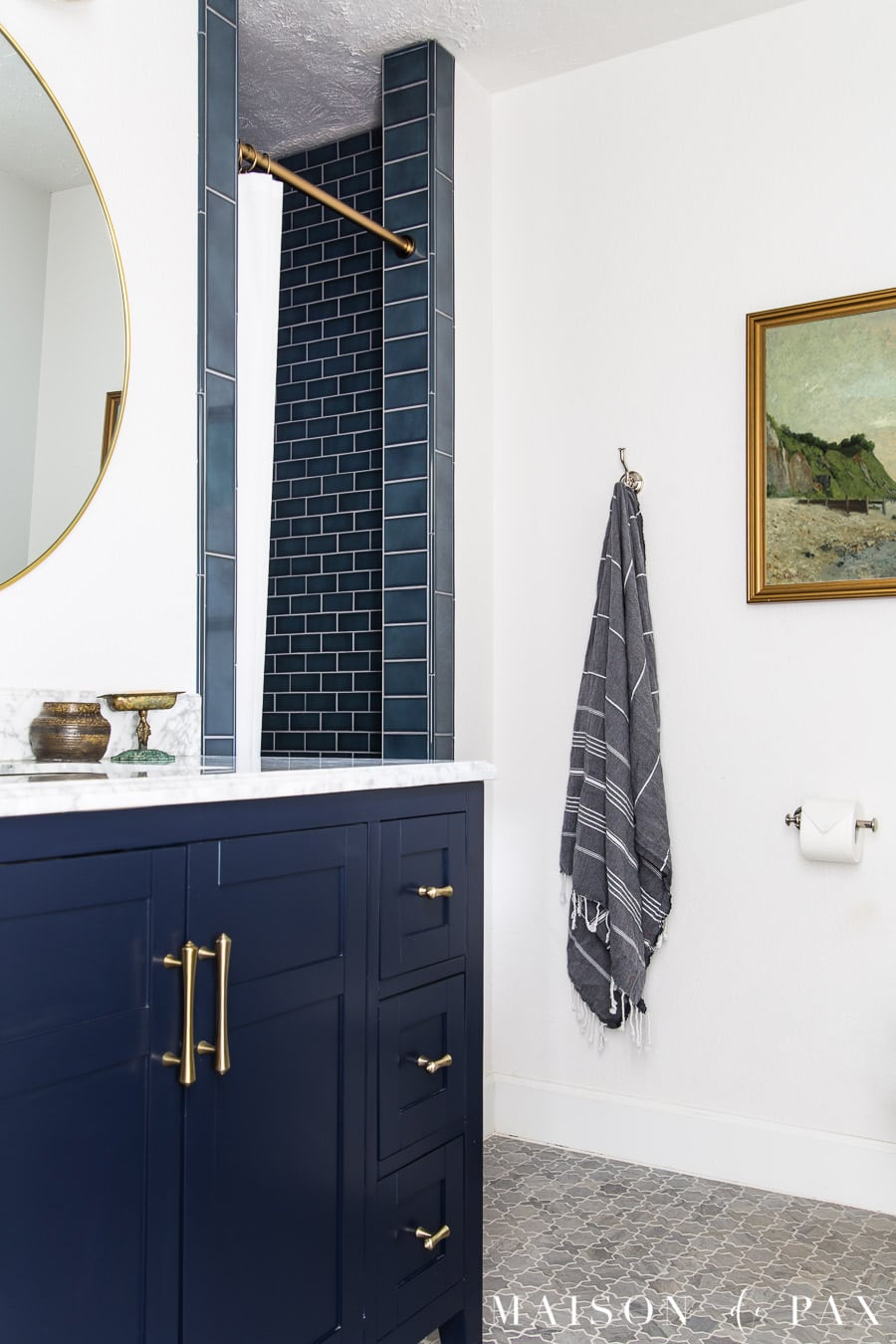
The exception to those rules is flat enamel paints. Historically, enamel paints were solvent-based paints (oil based, rather than water based), but some manufacturers have recently been producing what they call water based enamel paints. These paints dry with a protective hard shell similar to oil based paints that makes them more durable. If a flat but durable finish is important to you, then you could consider this option.
Additionally, shinier paint tends to lean a bit more traditional, while flatter paint tends to lean more modern. This is definitely not a hard and fast rule, but a generalization that can be helpful if you need some direction.
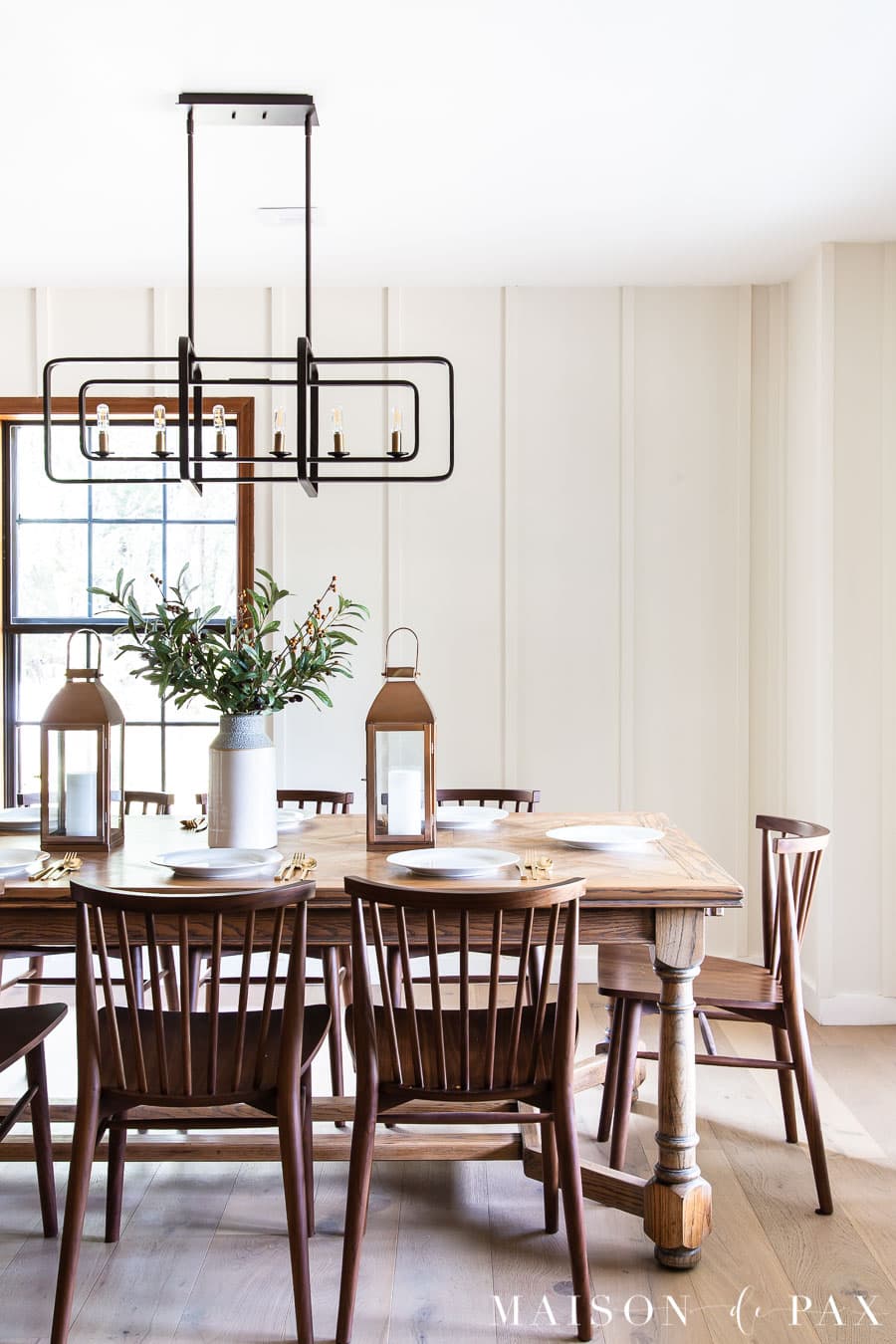
To choose the right sheen for your space, consider the following:
- durability (how much traffic does it get?)
- quality (do you need to hide surface imperfections?)
- skill (this one mostly applies to high gloss paints – is the painter experienced?)
- style (which look do you prefer?)
Where to Use Different Paint Sheens
Rather than identify where each type of paint finish can be used, I thought it might be more helpful to talk about what you might be painting and which sheen you should consider for each space.
Ceilings
Ceilings are typically painted flat (matte) since they receive very little traffic and you don’t want to highlight imperfections. However, eggshell can be a good option, too, if it allows you to share a color and sheen for the walls and ceiling. Satin ceilings can be a good idea in a high-moisture area, like a bathroom.
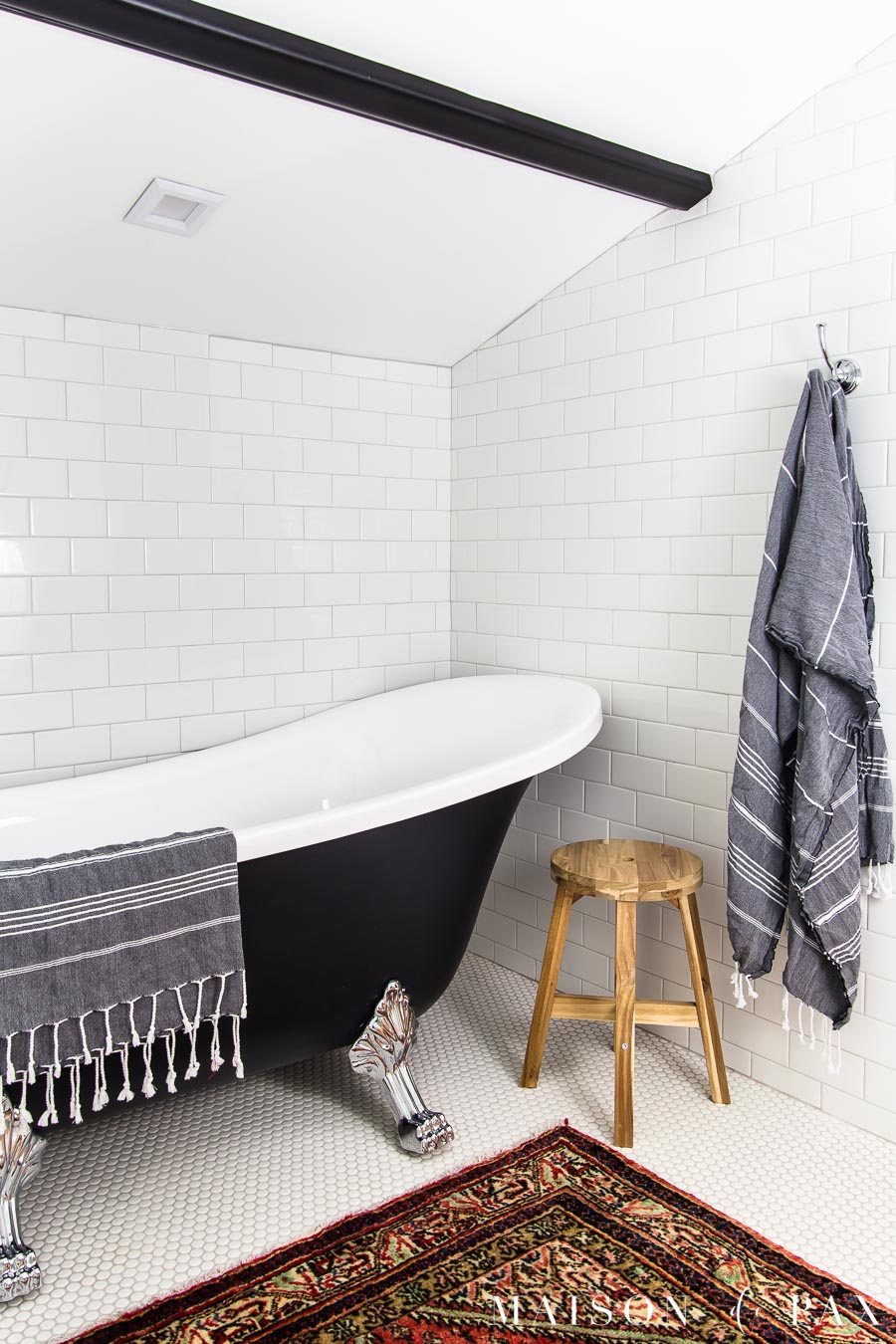
You can even consider semi-gloss if your ceiling has paneling or trim work.
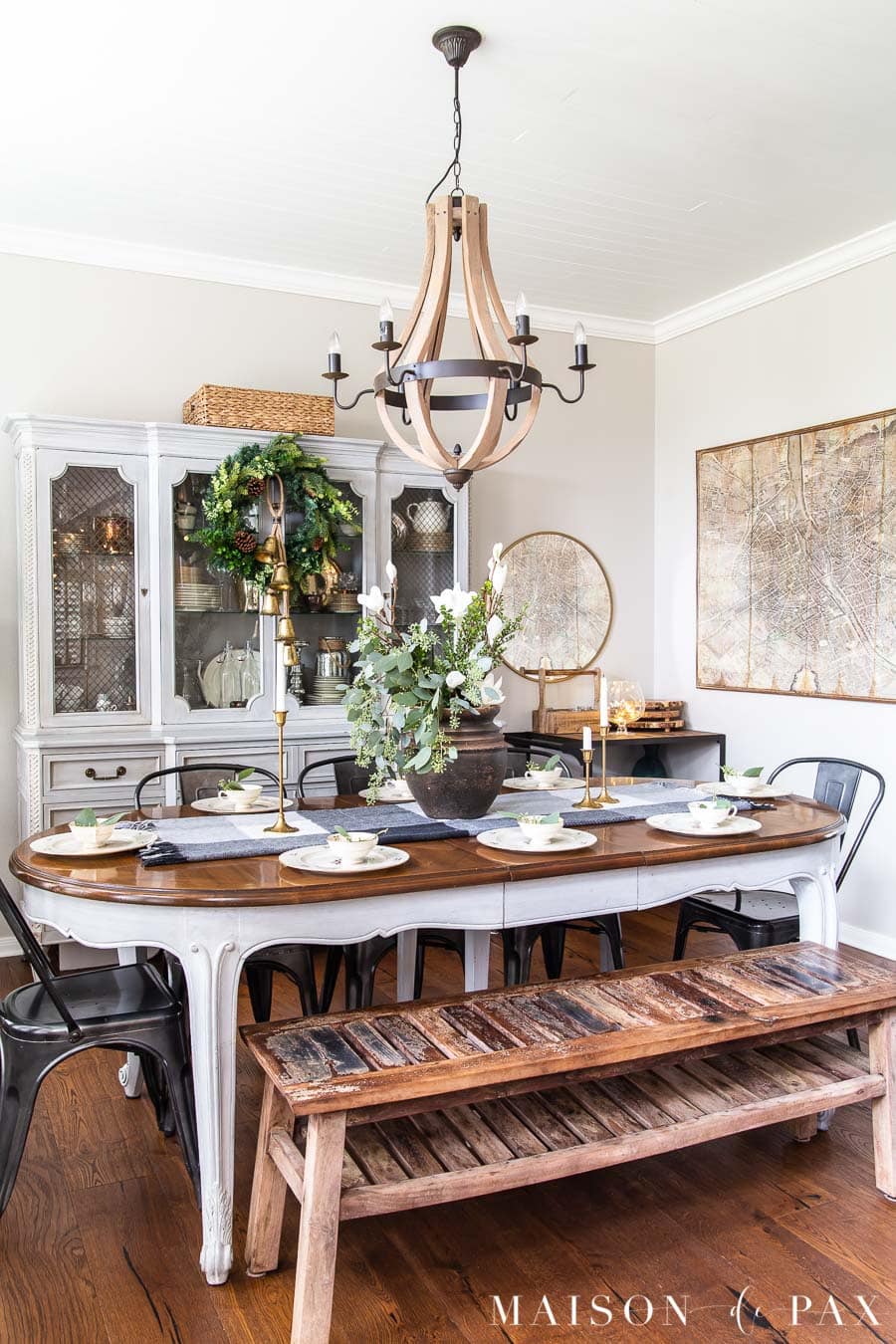
Walls
I always use eggshell or satin for interior walls. If you really want to hide uneven texture, the flat finish could be used on walls in low-traffic areas. But for hallways, kitchens, family rooms, dinings rooms, kids’ rooms, and other high-traffic areas, I would absolutely use eggshell.
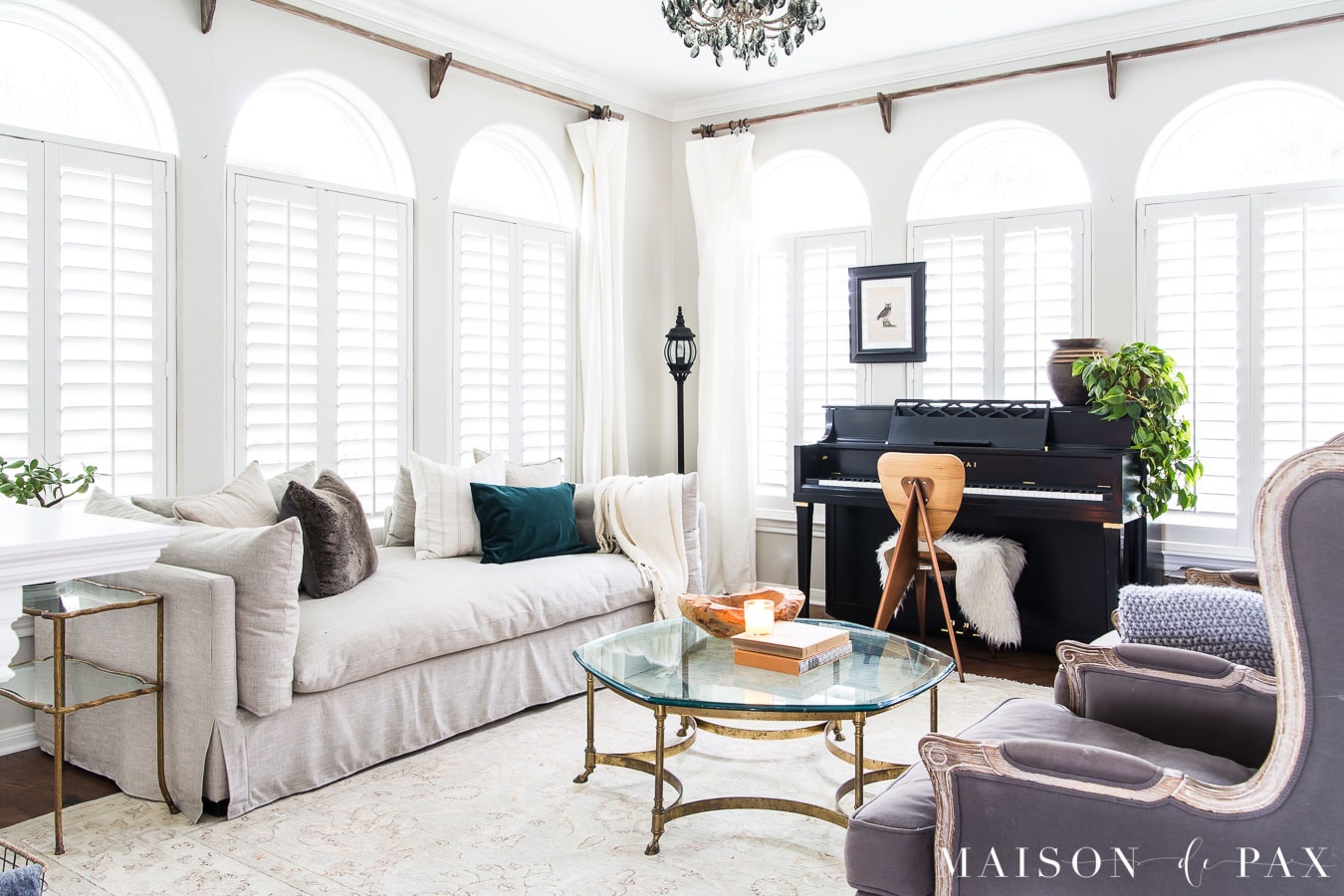
Most manufacturers’ eggshell finishes seem to be durable enough to wipe the walls with a slightly damp sponge without ruining the finish. I have found Sherwin Williams eggshell to be particularly easy to clean. In a house with four children, washability is important!
If I have any kind of paneling or trim work on the walls, then I like to use satin finishes to highlight that trim work.
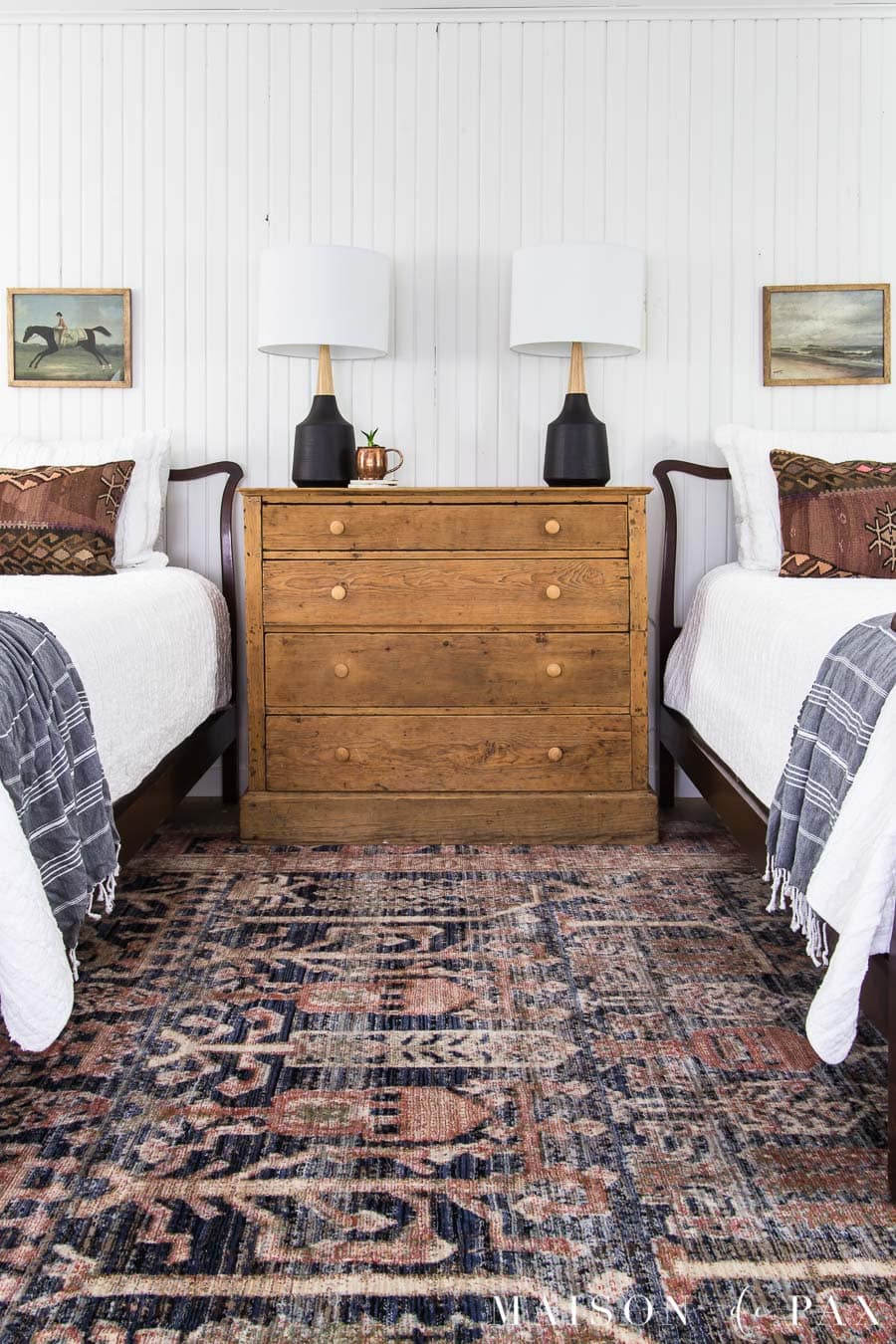
Trim, Cabinets, and Doors
Satin and Semi-gloss are both a good choice for these painted surfaces. Semi-gloss is the most durable traditional trim finish…
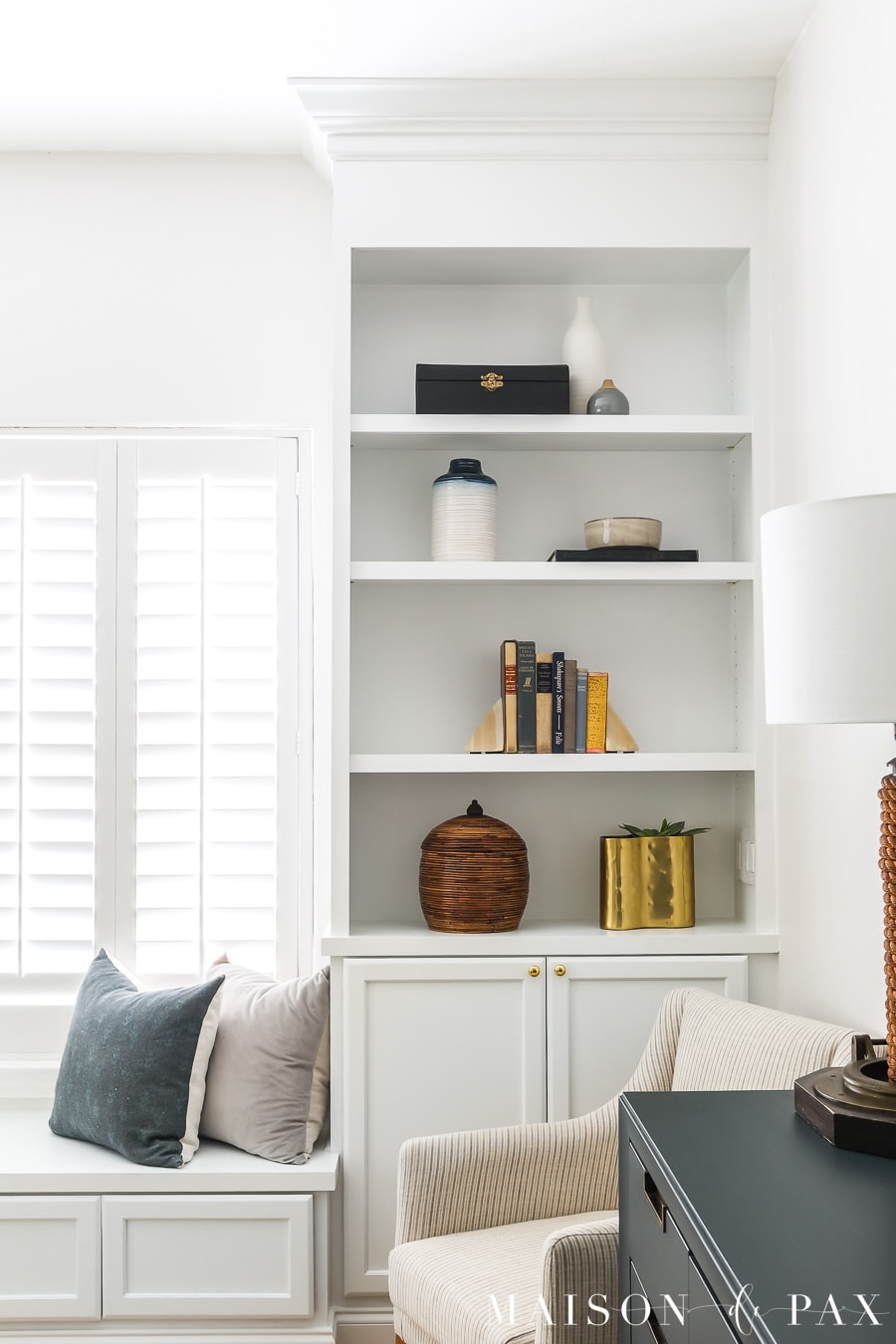
But satin has a slightly more transitional look and still maintains good durability and stain resistance.
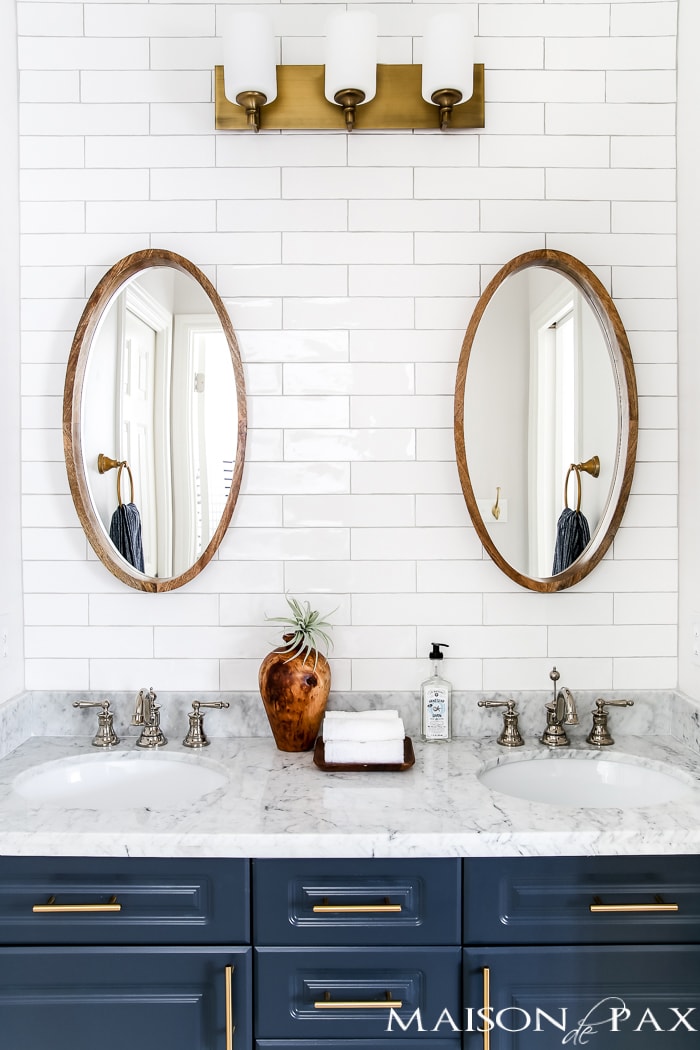
Floors
If you are painting floors, then the type of paint is as important as the sheen. Be sure to use a Porch and Floor paint, which typically come in satin or semi-gloss.
Exteriors
For exteriors, I usually choose satin because I like the balance of durability and shininess. That’s partly just a personal preference, though. Remember that for exterior application, you need to use an exterior paint.
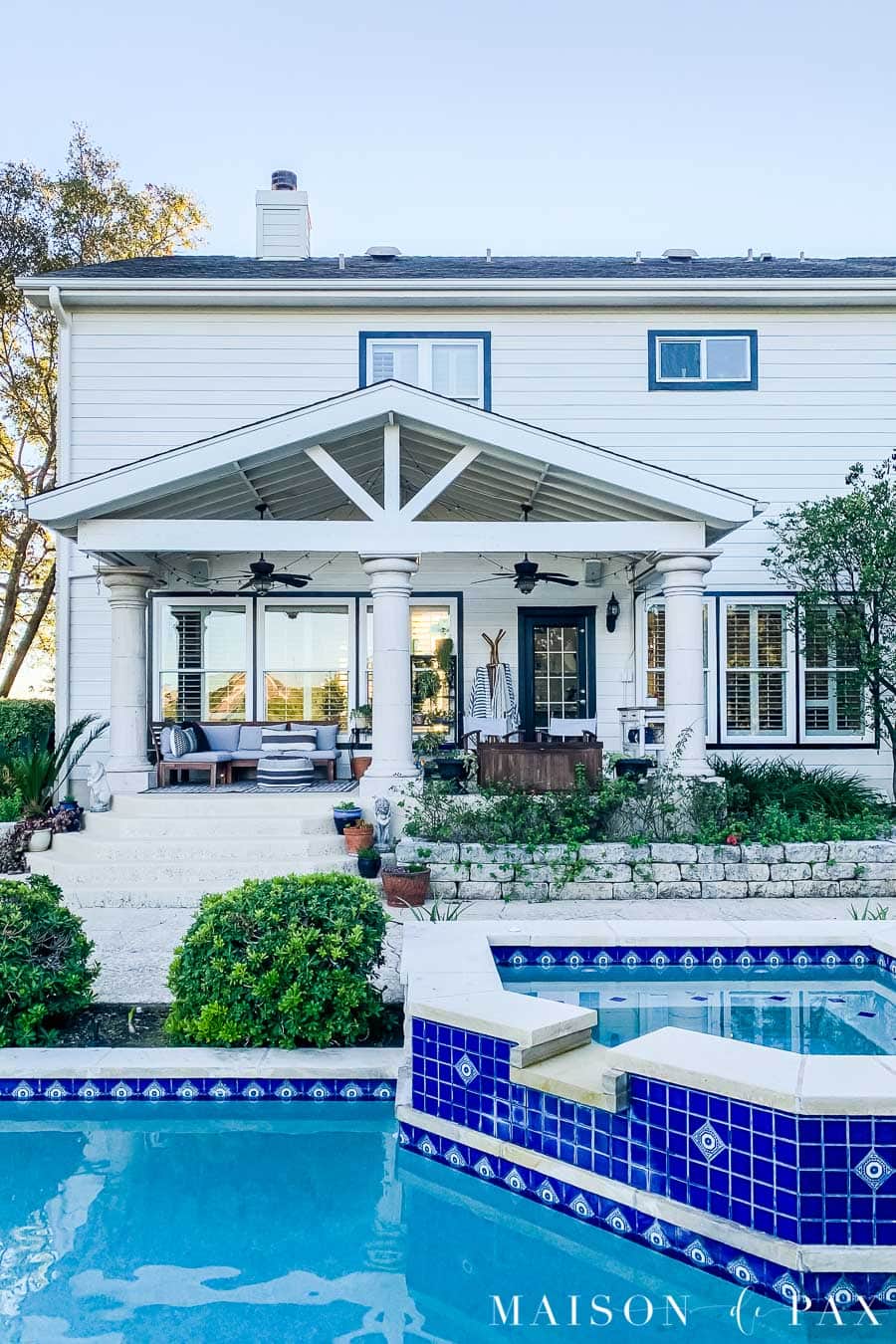
Furniture
Similar to cabinets, I want furniture to be durable. So if I am using latex interior paints, I typically paint furniture with a satin or semigloss finish. I also sometimes use mineral paint and special top coats to achieve a low sheen durability. If you are interested in trying a high gloss finish, then furniture is a great place to experiment with that.
